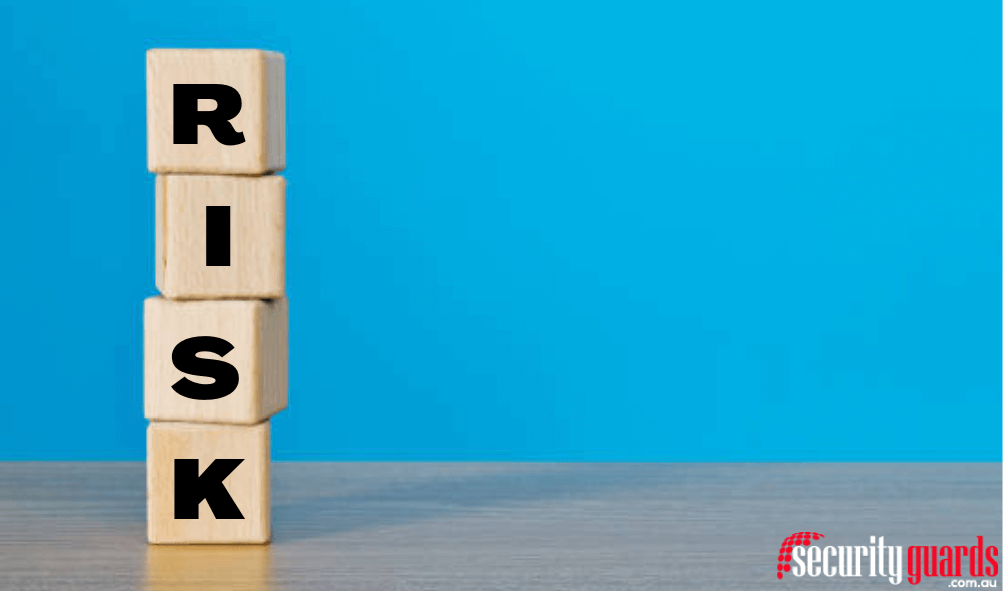In today’s rapidly evolving world, ensuring the safety and security of individuals and assets is of utmost importance. Security risk assessments play a vital role in identifying potential vulnerabilities and developing effective strategies to mitigate risks. By evaluating and analyzing potential threats, organizations can proactively implement security measures to protect their people, information, and physical infrastructure. In this blog, we will delve into the key aspects of security risk assessments, exploring their importance, the process involved, and the benefits they bring to organizations.
Understanding Security Risk Assessments
A security risk assessment is a systematic process that aims to identify and evaluate potential threats and vulnerabilities that could compromise an organization’s security. It involves assessing various areas, including physical security, information security, personnel security, and operational security. The primary goal is to gain a comprehensive understanding of existing risks and their potential impact on the organization. This assessment serves as the foundation for developing a robust security strategy and implementing appropriate measures to mitigate identified risks.
Process of Security Risk Assessments
The process of conducting a security risk assessment typically involves several key steps. Firstly, a thorough evaluation of the organization’s assets, such as facilities, equipment, and data, is conducted to identify potential vulnerabilities. This is followed by the identification of potential threats, including natural disasters, criminal activities, and technological risks.
Once the threats and vulnerabilities are identified, the next step is to assess the likelihood and impact of these risks. This step involves assigning a level of probability and potential harm to each risk, allowing organizations to prioritize their mitigation efforts. Additionally, the assessment should consider the organization’s current security measures and their effectiveness in addressing the identified risks.
After the assessment phase, organizations can develop and implement appropriate risk mitigation strategies. These strategies may include physical security enhancements, cyber security measures, employee training programs, and emergency response plans. Regular reviews and updates to the security risk assessment are crucial to ensure its continued effectiveness and alignment with evolving threats and organizational changes.
Benefits of Security Risk Assessments
Conducting security risk assessments offers numerous benefits to organizations. Firstly, it helps organizations identify potential vulnerabilities and threats that may have otherwise gone unnoticed. This proactive approach enables organizations to take preventive measures, reducing the likelihood of security breaches and their associated consequences.
Moreover, security risk assessments provide a framework for resource allocation. By understanding the level of risk posed by different threats, organizations can allocate their resources effectively and efficiently to address the most critical areas.
Additionally, security risk assessments assist organizations in complying with legal and regulatory requirements. Many industries have specific security standards that organizations must meet, and risk assessments ensure adherence to these standards.
Furthermore, security risk assessments enhance the overall security posture of an organization. By identifying and addressing vulnerabilities, organizations can create a safer environment for their employees, customers, and stakeholders, thus safeguarding their reputation and credibility.
Security risk assessments are a crucial component of a comprehensive security strategy. By systematically evaluating potential threats and vulnerabilities, organizations can proactively mitigate risks and enhance their overall security posture. From identifying weaknesses to implementing appropriate countermeasures, security risk assessments provide organizations with the necessary insights to protect their assets and ensure the safety of their people. By investing in the best security company in Melbourne, organizations can stay one step ahead of potential threats, foster a secure environment, and maintain the trust and confidence of their stakeholders.

